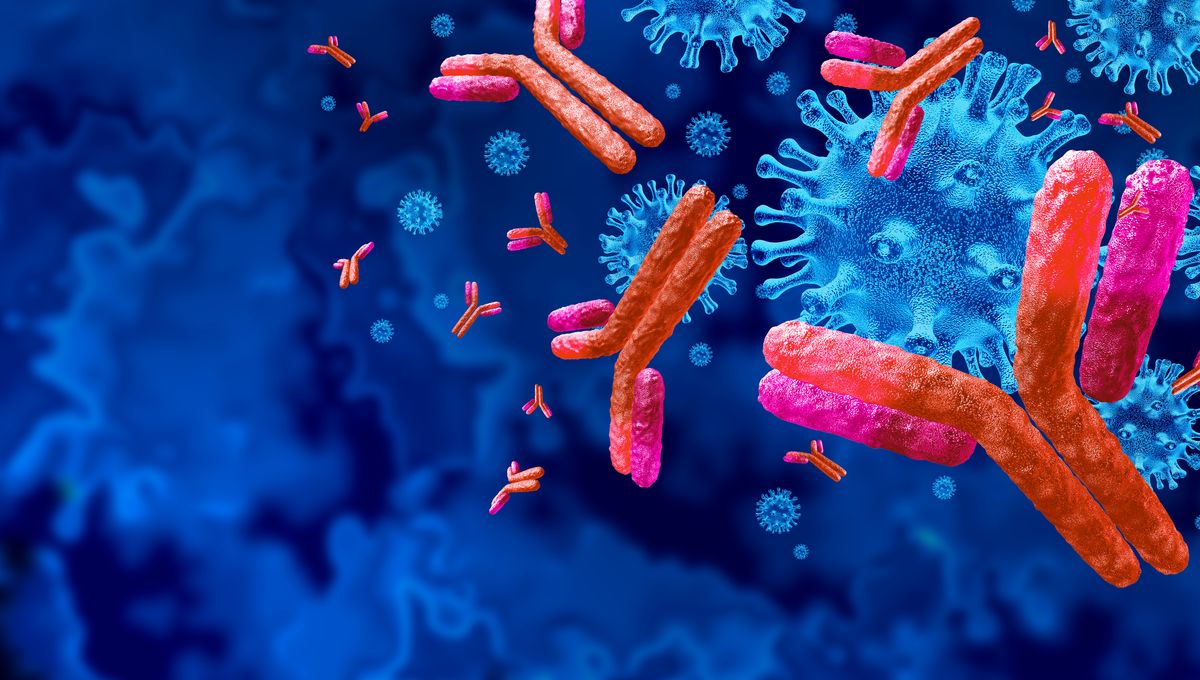
Not all vaccines are created equal – some give us lifelong protection from disease after a short course, while others need a regular top-up. It’s not easy to predict which scenario will be true for a given vaccine, but a new study may have hit on a way to forecast how long immunity will last from a simple blood test.
Vaccines are without doubt one of the greatest medical achievements of humankind, having saved hundreds of millions of lives in the last half-century alone. It’s thanks to vaccines that humanity was able to eradicate smallpox, still the only human disease for which we’ve met that milestone. The speedy development and rollout of COVID-19 vaccines helped change the course of the recent pandemic, and HPV vaccines are already radically decreasing the rates of cervical cancer. These are just a handful of examples.
For some vaccines, a few doses in childhood are all that is needed to provide long-lasting protection. For others, like the seasonal flu shot, you need to update your protection every year. But why?
“The question of why some vaccines induce durable immunity while others do not has been one of the great mysteries in vaccine science,” said professor of microbiology and immunology Bali Pulendran in a statement.
In an effort to find some answers, Pulendran and colleagues published some research in 2022 that defined a “universal signature” of early antibody response to several vaccines. While that was a step forward in identifying who is likely to produce the best immune response after getting vaccinated, the next stage would be to try and predict how long that immune response might last.
That’s what the team have covered in their latest study. They started with a vaccine against a virus that’s set to continue as a hot topic into 2025: H5N1 bird flu. Fifty healthy people were inoculated with an experimental bird flu vaccine, either with or without an adjuvant – that’s an ingredient added to some vaccines to boost the immune response, but that won’t induce an immune reaction on its own.
Over the 100 days after their two doses of vaccine, numerous blood samples were collected from the volunteers for in-depth analysis. The scientists identified a molecular signature, captured in small pieces of RNA within platelet cells, which was associated with the strength of an individual’s immune response months down the line.
“What we learned was that the platelets are a bellwether for what is happening with megakaryocytes in the bone marrow,” said Pulendran. Megakaryocytes themselves have increasingly been shown to play a role in immunity but they’re difficult to analyze, so having the platelets that are derived from them as a proxy is really useful.
To further test their discovery, the team also vaccinated mice against bird flu, adding a drug called thrombopoietin that ups the production of platelets from megakaryocytes. The mice given this extra boost saw greater levels of flu antibody production two months later.
Looking beyond H5N1, the team collated previous data from 244 people receiving seven different vaccines, including seasonal flu, yellow fever, and COVID-19. The same molecular signature was predictive of a longer-lasting immune response for all of these vaccines, suggesting that this could be the universal indicator they were searching for.
Looking to the future, Pulendran suggested, “We could develop a simple PCR assay – a vaccine chip – that measures gene expression levels in the blood just a few days after someone is vaccinated. This could help us identify who may need a booster and when.”
The test could also help improve vaccine development and speed up clinical trials by predicting which candidate vaccines will last longest, rather than having to follow participants for many months or years. There’s more work to be done before we reach that point, but this discovery opens the door to some fascinating possibilities.
The study is published in Nature Immunology.
Source Link: A Simple Blood Test Could One Day Tell Us When To Get Our Vaccine Boosters